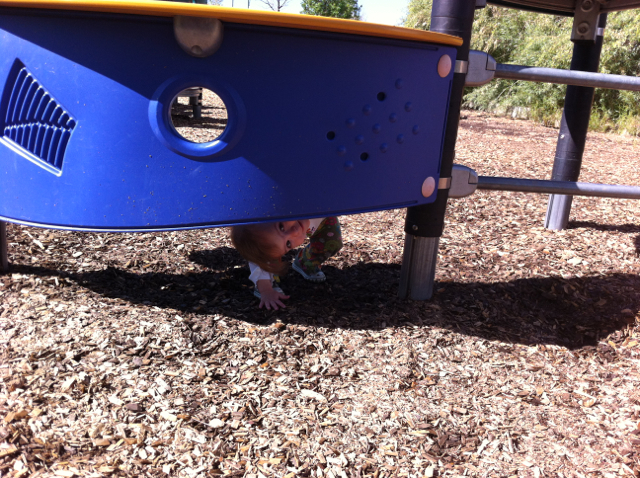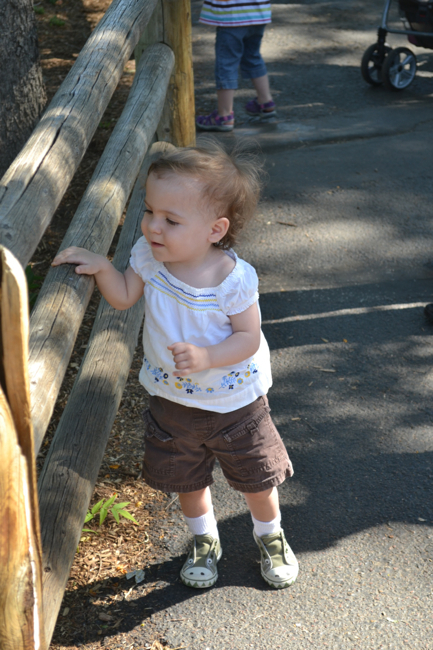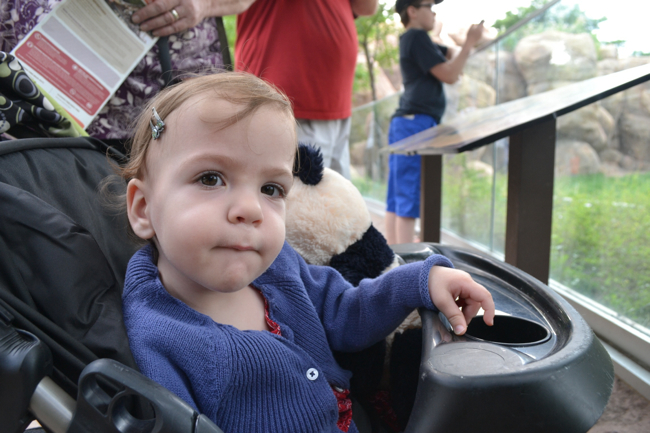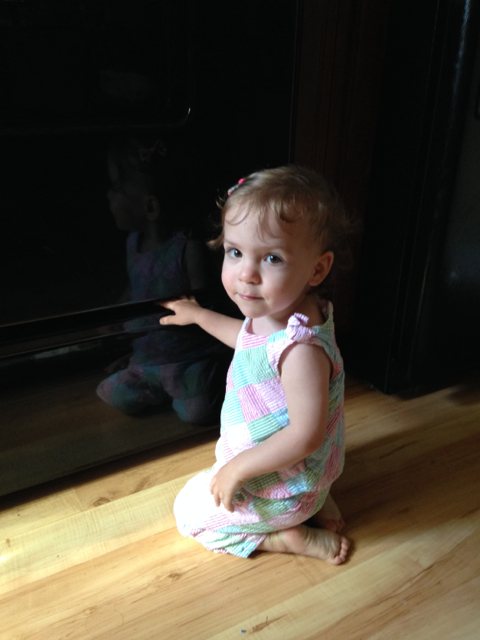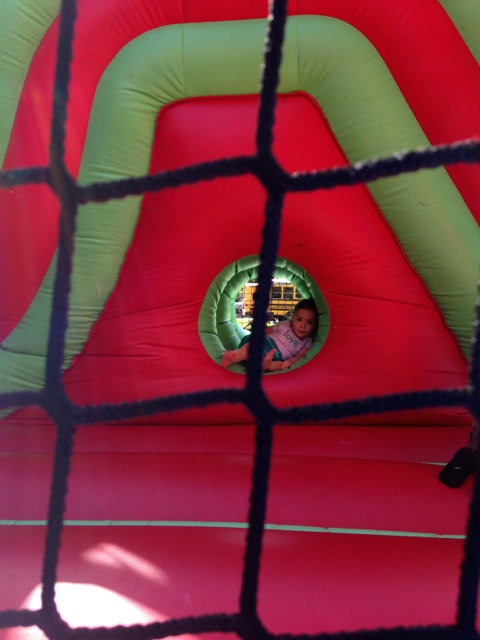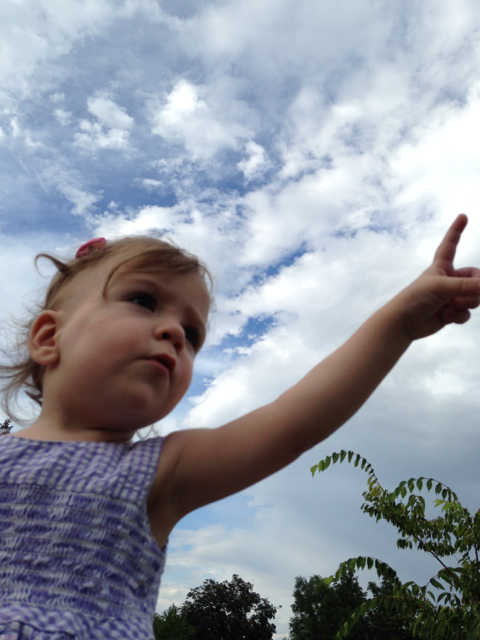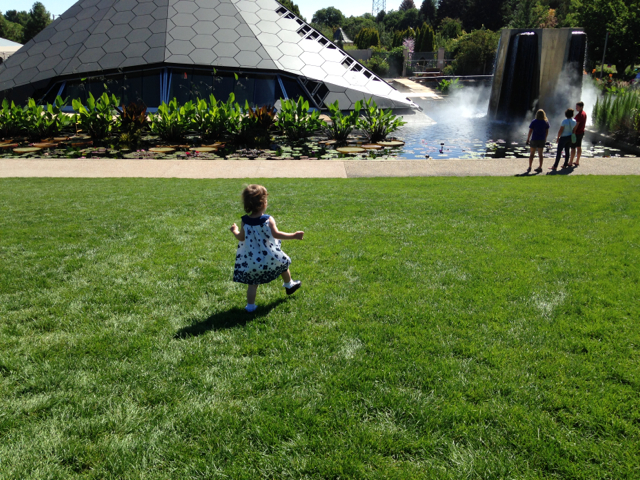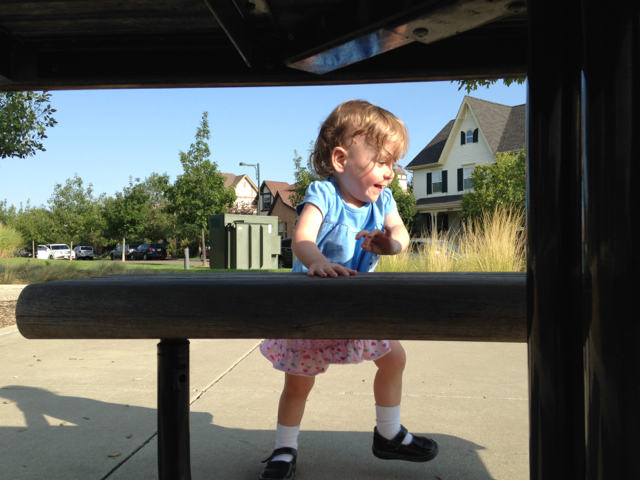Turning two is kind of a big deal.
Lucy is turning two. Like a lot of two-year-olds, she loves baby dolls, bubbles, and pictures of herself. She climbs out of her crib and opens doors. She pretends to type and to put on lotion. She can’t stop talking about dogs, cats, and cars.
Turning two is really a big deal in the preemie world. Two seems really, really far off, an impossible age, when you are talking to doctors about your one-pound-and-change child. You’re not sure what the next twenty-four hours or days or weeks hold—thinking about twenty-four months from now seems too hard, too painful. When Lucy was in the NICU, at night I would dream about a small girl in striped leggings and brown pigtails, but during the day she slipped away and I focused only on the tiny wrinkly baby in front of me and her immediate needs.
Conventional wisdom has been that premature babies “catch up” by two. Before two, a preemie has two ages, an actual one and an adjusted one. If you ask a preemie parent how old her baby is, you might hear something like, “Well, she’s ten months? But she was three and a half months premature? So really, she’s more like six-and-a-half?” This is because development is really from conception, so you cannot expect that particular ten-month-old to be doing ten-month-old things.
But by the time they’re two, a couple of months give or take doesn’t matter any more, say those who work with preemies. We quit it with the counting months and we just move forward. This is controversial and a hard transition for many preemie parents. Those months matter to us. One doesn’t just become an ex-preemie. Problems don’t just go away. Even if she can “pass” as “normal,” Lucy will still be affected by her prematurity the rest of her life.
In the NICU, after she had bleeding in her brain, doctors discussed potential problems with us. They said that if she didn’t show signs of cerebral palsy or other disability by the time she was two, she was pretty much in the clear. At the time, we wondered how we would wait.
But here we are. Our Early Intervention therapists are cutting back on her occupational and speech therapy, saying she is no longer behind. They have always told us that when she turned three, she would be “turned over” to the public school system’s free preschool and special programs. But now they say, “She’s doing so well. She’s caught up, she’s so close to her actual-age peers. She probably won’t qualify.”
We are “graduating” from the special needs baby world, in a way. We are gradually being let loose. We are becoming just another family trying to figure out on its own how to do what’s right for a child.
Lucy is two. She is funny and smart and brave. Her physical capabilities amaze me. She does things that I would never have done at two or seven or twelve. She is not scared of older kids or big dogs or tall slides or bounce houses.
She loves water and climbing and loud floral-patterned pants. She carries around a stash of flash cards and ziplocs of fabric swatches. She feeds the cats treats and she diapers her stuffed animals. She knows too many words and signs to count. She dances.
Lucy is confident and adventurous. She loves to go places and to see people. If I use the word “go” or “adventure” or “outside,” she grabs my purse and hustles to the front door, shouting “Bye-bye!” She is happy to be active, to learn, to explore her world. She is thrilled that she is a strong and capable two-year-old. And so are we.


